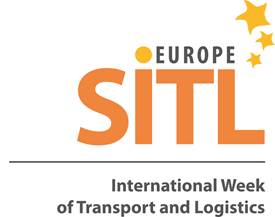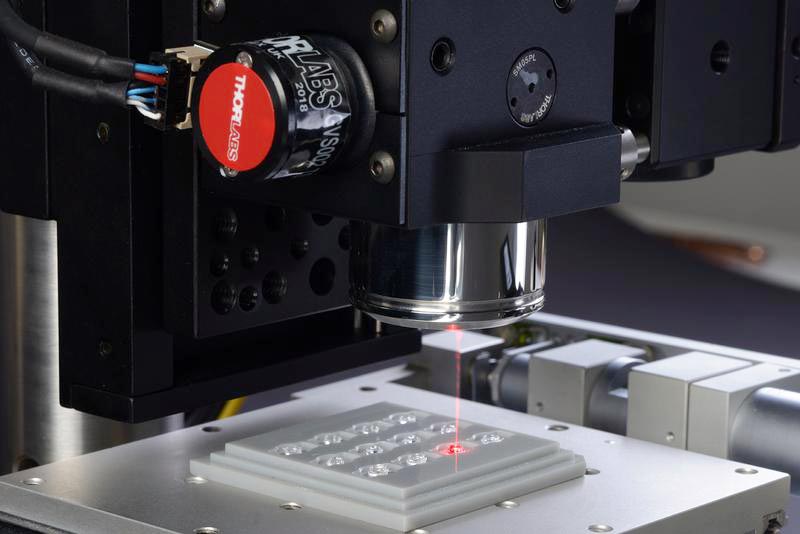

With an exhibition zone and a programme of dedicated conferences and workshops, there will be a complete value chain of experts in dangerous goods transportation, such as accreditation and training organisations, logistics service providers, transport operators, logistics hubs, warehouse and transport equipment (tanks, industrial coachwork, storage) and packaging.
Dangerous goods regulations affect everybody. The majority of manufacturers and distributors must ensure security across logistics operations involving dangerous goods. But regulations are frequently misunderstood and the solutions are not immediately obvious.
Regulations applicable to the transportation of dangerous goods, such as the SEVESO III directive, new environmental protection classifications (ICPE), Classification-Labelling-Packaging (CLP) and ADR, IATA, IMDG, RID and ADN codes, have become increasingly strict and are constantly evolving.
In the fields of transport, logistics and packaging, risk prevention, safety and security are at the heart of supply chain excellence.
A sector of excellence
Taking into account all transport modes, 15% of global goods traffic involves dangerous materials. From the point of origin to the final client, their management depends on a value chain of experts conforming to strict guidelines. The regulations are updated every two years through ADR, IATA, IMDG, RID and AND codes.
Along with hydrocarbons, chemical and gaseous goods, many everyday goods have been classified as ‘sensitive products’ requiring specific logistics procedures. This is the case with perfumes, certain beauty products, cosmetics and pharmaceuticals, most household detergents, and an increasing number of waste products.
‘In order to respond to a multitude of challenges, SITL Europe 2016 along with the ANCS (National Association of Safety Advisers), is bringing together all experts in the sector,’ says Alan Bagnaud, Director of Reed Exhibitions Transport & Logistics. ‘Thanks to its exhibitors and programme of dedicated conferences and workshops, the Dangerous Goods Logistics pavilion offers shippers up-to-date information on the regulatory environment, which will offer a real advantage to an increasingly complex sector.’
According to Olivier Bicanic, Customs and International Trade Manager at GMJ Phoenix and Editor of the Solutions TMD guide surveying 600 specialist suppliers in dangerous supply chains, ‘Whether in-house or external, the security adviser is at the centre of the value chain and the daily challenge they face depends on the diversity of products, the risks associated in their handling and their quantities.’
A 100% ADR network
In terms of dangerous supply chains, shippers have high expectations.
‘Given the expertise required for the secure treatment of chemical products, procurement managers are increasingly alert to the capacities of national, European and international transport and logistics supplier networks. They expect total control over ADR and flexibility in the organisation and management of movement,’ explains Bruno Guillard, Business Development Manager for Chem-Logistics Europe (Dachser France) and member of the Steering Committee for Dangerous Goods Logistics.
The expectations of the chemical industry are at the heart of the creation of the Dachser Group’s Chem-Logistics solution.
With an integrated network of 333 agencies in Europe, 100% ADR, partly SQAS (Safety & Quality Assessment System) evaluated, the Dachser Group has developed a dedicated service based on secure processes, scheduling and packaging equipment specifically for handling, storage, and the transport of pallets.
‘The Chem-Logistics solution is supported by a team of 164 European security advisers for the transportation of dangerous goods (CSTMD). At the same time, training on classed products and their procedures form part of annual information updates provided to our associates,’ adds Guillard.
SEVESO III directive
Based on the quantities of dangerous materials stored, new warehouse standards entered into force on 1st June 2015.
‘Under the title SEVESO III in a European directive transposed into French law, this establishes stricter rules on safety and security. Where an existing building is modified or enlarged, applying the law requires changes to be made to existing installations or – more frequently – new ones to be created,’ says Pascal Robat, a consultant specialising in logistics and transportation to different urban areas.
A member of the Steering Committee for Dangerous Goods Logistics, he worked on the planning for the LOGIPARC 03 multimodal hub in Moulins, a town in the Allier department of France.
Conceived under the framework of standard ISO 14001, the logistics park will open in early 2017 as the first SEVESO III certified building.
Following an agreement signed in February 2014 with the Moulins urban area on the initiative of the company Eiffage Construction, the building will be operated by Transports Bourrat and will offer a storage capacity of 18,000m².
This multipurpose storage capability, the only of its kind, is designed to handle most products included in the new nomenclature for ICPE-classified installations. With access to road and rail connections and combined rail-road, the space can be sub-divided into several units of up to 500m².
Regulatory monitoring
Regulations that aim to facilitate data sharing between dangerous goods actors could enter into force in 2017-2019 by converting to the digitisation of transport documents using telematics systems.
To this effect the presence of MD Service will allow for the presentation of the GEOTRANS MD project.
‘GéoTransMD is an ambitious joint project on the Geolocation of Dangerous Goods presented at the fifteenth call for projects by the Fonds Unique Interministériel (Single Interministerial Fund – FUI15). It aims to define European telematics architecture which ensures the delivery of secure data on the quality and quantity of dangerous goods transported by road, rail or inland waterways,’ explains Matthieu Bernadet, Director of MD Service.
Research laboratories (CEREMA, LNE and CEA), private-sector companies (NOVACOM, GLS and ERECA) and MD Service, a consultant member of the GEOTRANS MD consortium, will come together for the first time at SITL Europe 2016, to exhibit the potential applications and their expected advantages.
For further information regarding the Dangerous Goods Logistics pavilion at SITL Europe 2016, visit www.sitl.eu/en/Home/ or contact:
Silviane Dubail
Press Relations Adviser
SD Com
Tel: +33 (0)6 07 53 53 43
Email: sdubail@sdcom.fr
For further information regarding this press release, contact:
Fran Lambert, Communications Adviser
Business France (The French Trade Commission in the UK)
Tel: +44 (0)20 7024 3613
Email: fran.lambert@businessfrance.fr
View other press releases at: http://www.youbuyfrance.com/uk/












